A baby nest is a cushioned and padded nest-like structure with high, supportive sides that create a cozy and familiar space for babies. Baby nest beds are often made from breathable materials, typically featuring a soft mattress or padding at the bottom. Generally, baby nests are for babies aged 0 – 8 months. However, the ideal course of action is always to follow the manufacturer's recommendations for the appropriate age and weight limits of a specific baby nest pod. This is essential to ensure the safety and well-being of a little one.
Benefits of baby nests
Baby nest loungers are often lightweight and portable, ideal for travel and supervised naps. A newborn baby feels more at ease in a smaller and cozier environment. The enclosed design, which frequently includes raised edges and a soft mattress, cocoons newborn infants in a nurturing embrace, providing a sense of security that may help lull them to sleep. This, in turn, gives parents peace of mind knowing their infant rests properly, promoting relaxation and relief during otherwise tricky parenting times.
A baby nest sleeper also allows parents to keep their little bundle of joy within arm's reach, making overnight feedings and diaper changes more accessible and encouraging a robust parent-infant attachment. They also offer a safe and cushioned space for supervised playtime and tummy time. The elevated edges can help prevent accidental rolling and provide support as a newborn baby explores and strengthens their muscles. Additionally, they are built to be simple to clean and maintain. Lastly, portable baby bed nests are lightweight, ideal for travel and maintaining a consistent baby sleep routine.
Are baby nests safe?
While a nest baby bed set has advantages, it is crucial to consider alternative safe sleep practices. Always place babies on their backs to sleep in a cot, crib, or bassinet, as this position has been shown to reduce the risk of SIDS. Never use a baby nest for overnight sleeping. This is because babies begin to roll between 10 and 12 weeks, and newborns younger than 10 weeks can also move spontaneously. Because most of their weight is in their head, it is unsafe for them to be up against the nest if they roll.
Cocoon baby bed nests are designed with specific dimensions and weight capacities to provide optimal support and comfort for infants during their early months. As babies grow and develop, the constraints of the baby nest may no longer be appropriate for their size and mobility. At this point, it becomes necessary to transition the baby to a more spacious and secure arrangement, such as a cot, crib, or bassinet.
Additionally, use a flat, firm baby bed mattress for the baby's cot, crib, or bassinet, free from soft bedding, pillows, or stuffed animals. Furthermore, maintaining cleanliness and ensuring proper hygiene of a baby's nest is essential for the baby's safety and well-being. Regularly clean the baby bed sleeper to prevent the buildup of dirt, dust, or allergens that could harm a baby's sensitive skin or respiratory health. Following the manufacturer's cleaning instructions is critical since it guarantees that the materials used are properly cleaned and in good condition. Parents can provide their little ones a clean, safe, and familiar environment by adhering to proper maintenance practices, promoting a healthy and comfortable restful experience.
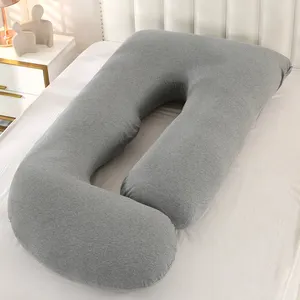
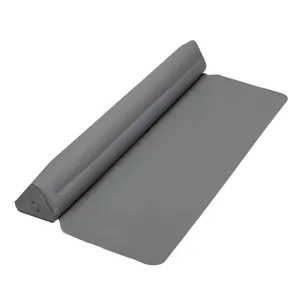





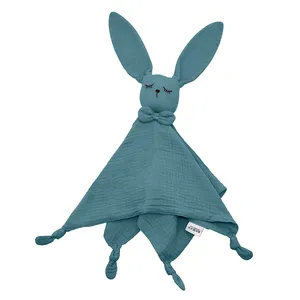







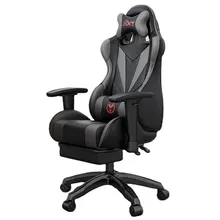



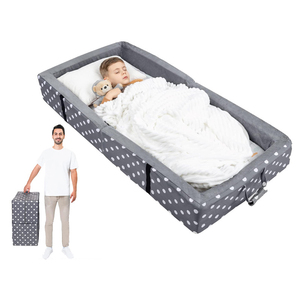
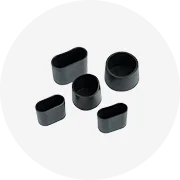
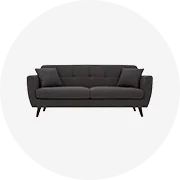
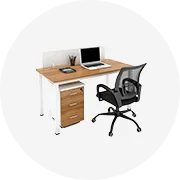
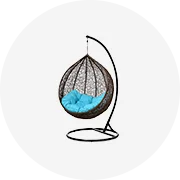
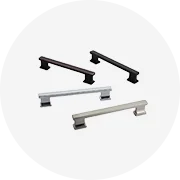
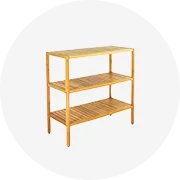
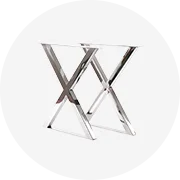
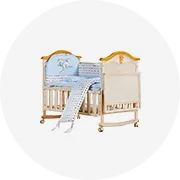








 浙公网安备 33010002000092号
浙公网安备 33010002000092号 浙B2-20120091-4
浙B2-20120091-4